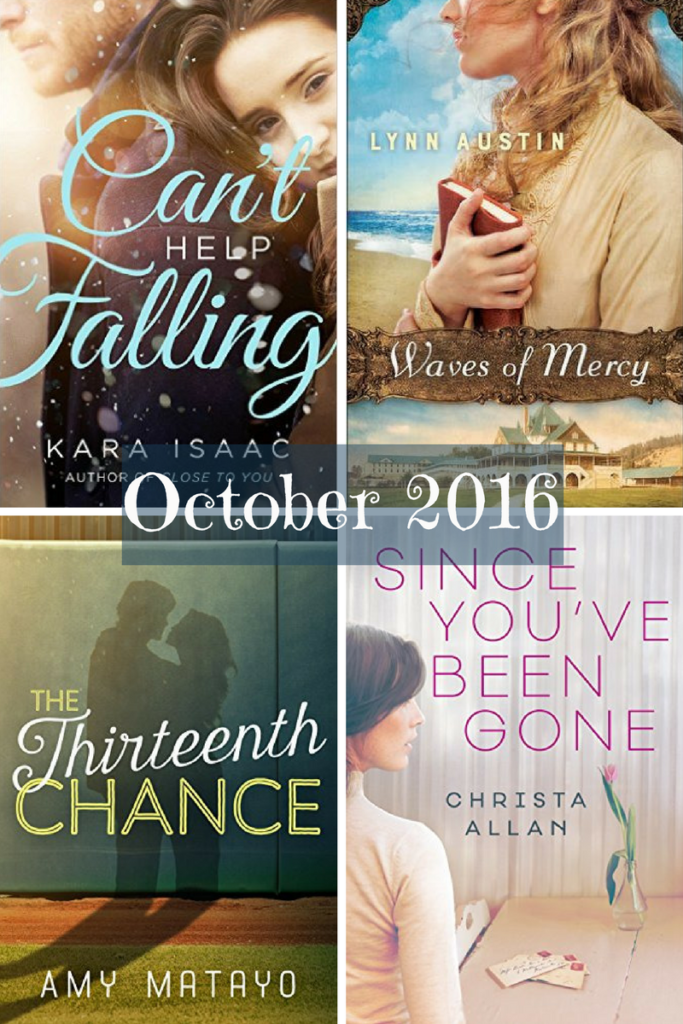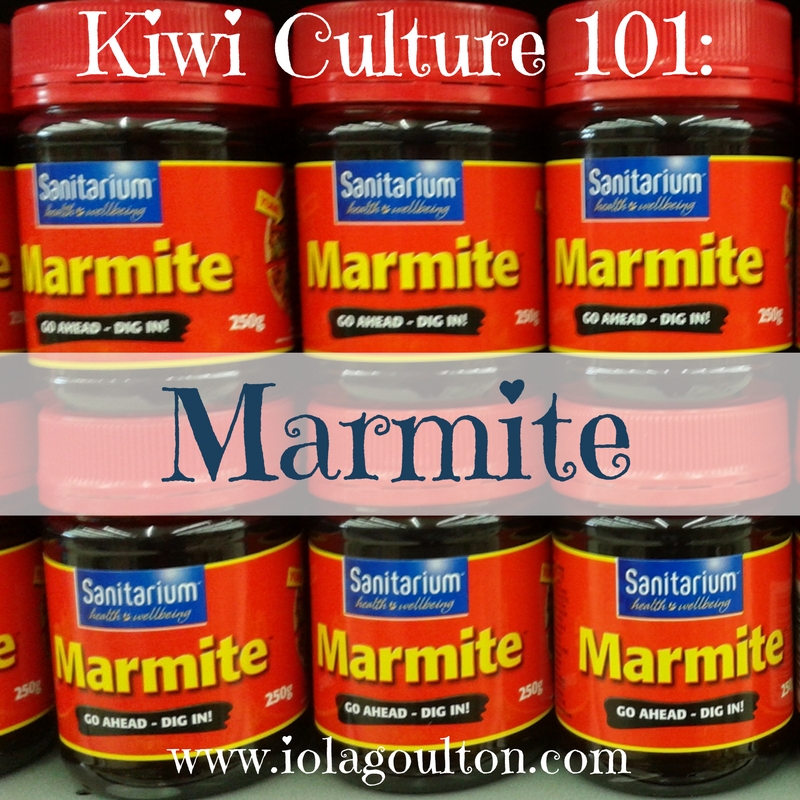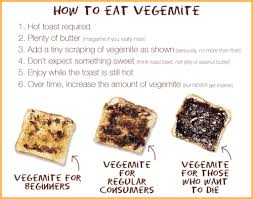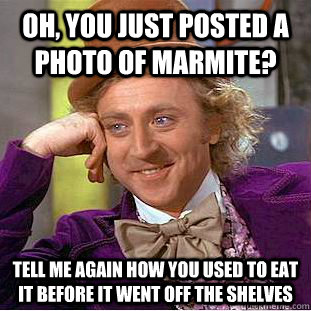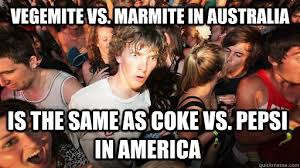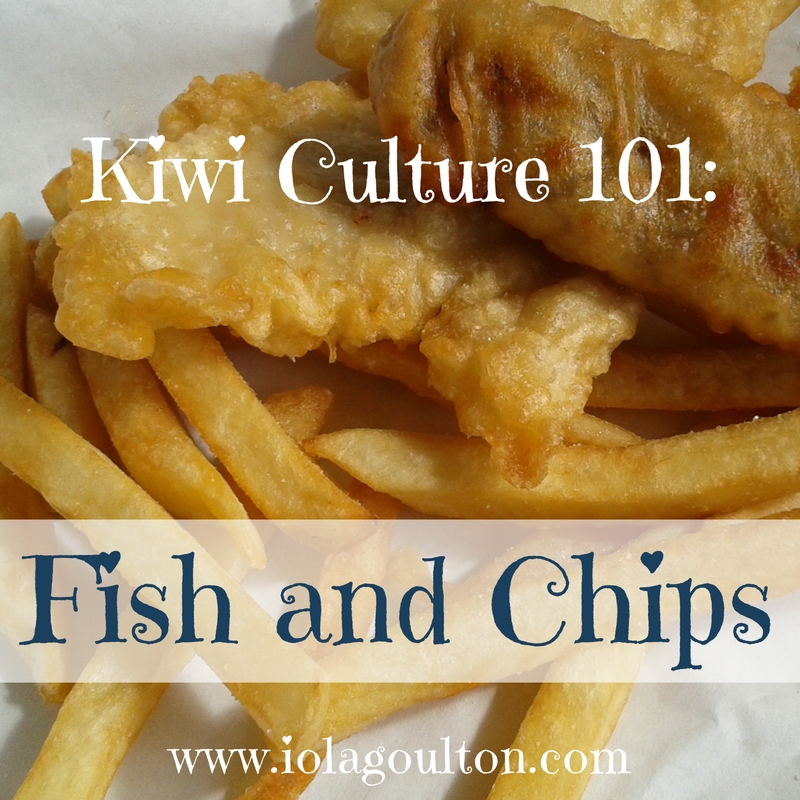I have lived in the Bay of Plenty for most of my life*.
I’ve visited Rotorua more times than I can count. Yet I’d never visited the Rotorua Museum until recently. We visited to view the Rembrandt Remastered exhibition, which I blogged about last week at International Christian Fiction Writers. Today, I’d like to introduce you to the museum and share some of what I discovered about its history.
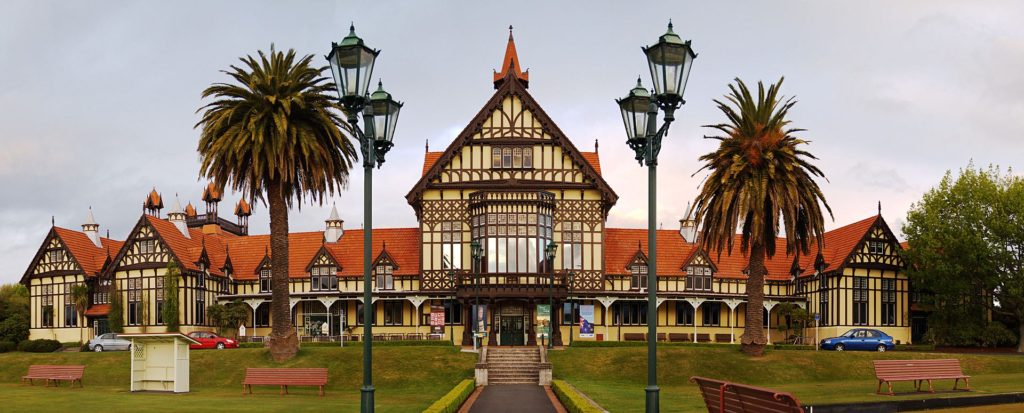
The museum is located in the old Bath House, in Government Gardens, on the lakefront near the centre of the town city. Government Gardens is a 50-acre park gifted to “the people of the world” in 1882 by the local Maori tribe, the Ngati Whakaue. The gardens were originally a “scrub-covered geothermal wilderness”, which were transformed into an “oasis of Victorian charm” in the 1890’s by French engineer Camille Malfroy. The gardens are beautiful, with pristine bowling greens, tulips and a rose garden.
Thermal baths have been used in England to treat a variety of illnesses since Roman times.
All good Jane Austen fans will know everyone who was anyone would retreat to Bath to “take the waters”. There were hopes Rotorua would be able to capitalise on this northern hemisphere fashion by developing a world-class spa. I’d have thought the sulphurous smell enough to put anyone off.
The town was already well known for the healing waters available in the many thermal pools. Many of these remain, although most are too hot to swim in (the local Maori people traditionally used some for cooking).
The Pavilion Bath was the first spa in the area, erected in 1882 on the site of the Priest’s bath. This is a spring named for Father Mahoney, a Roman Catholic priest who experienced a marked improvement in his arthritis after bathing in the pool. Several other baths and sanatoriums were built over the next twenty years.
In 1901, the small town of Rotorua was taken over by the Department of Tourist and Health Resorts to develop into a spa town. The Bath House was the government’s first major investment in the tourism industry. It opened in 1908, and offered a range of treatments. These included massages, water baths and mud baths in either the Rachel waters or the Priest waters. Other treatments, like x-ray therapy, have long since been discredited. Thankfully.
The Rachel waters are alkaline, and used in the management of diseases that required a “softening effect”—whatever that means. The Priest waters (containing free sulphuric acid), were used in the treatment of arthritis, rheumatism and “cases of nervous debility”).

I like the sound of the massages. The mud baths … not so much.
Unfortunately, the arrival of World War One ended the tourist trade. During the war, the Bath House was used as a sanatorium for wounded soldiers. Later, the building fell into disrepair, as the local sulphuric waters are not kind to pipes or buildings. The Bath House was renovated and used as a restaurant and nightclub, then reopened as the Rotorua Museum of Art and History. And now it’s simply known as the Rotorua Museum.
While the Bath House is no longer operational, locals and tourists can still “take the waters” at the nearby Polynesian Spa. This still uses the waters from the Priest and Rachel springs. There is also the Art Deco Blue Baths, an outdoor pool, museum, tea rooms and event venue.
I haven’t visited either myself, but I can vouch for the relaxation properties of natural hot spring water. The Bay of Plenty is full of natural hot springs, and there is one just five minutes drive from my house.
Maybe I’ll take you there some time …
*The Bay of Plenty was named by Captain James Cook. He was the first European to circumnavigate New Zealand, and Mount Cook and Cook Strait are named after him. He reportedly named the Bay of Plenty for the plentiful food and fresh water he found here. He’d just come from East Cape, an area he’d been less impressed with. Yes, it’s still called Poverty Bay.
Have you ever swum in natural hot springs? What did you think? Are there any natural hot springs near where you live?


